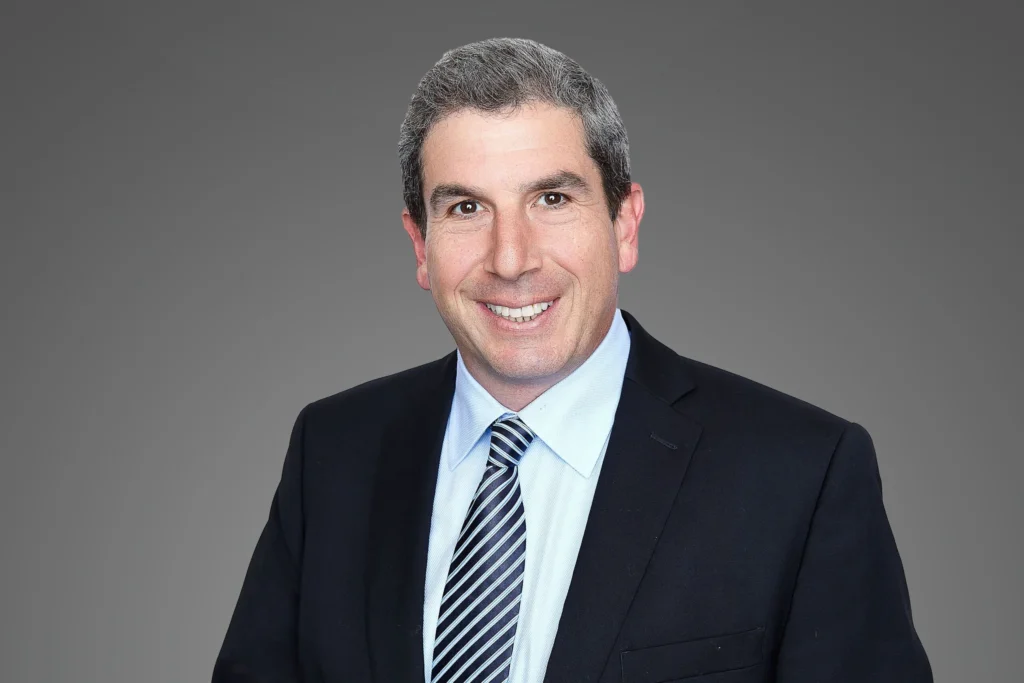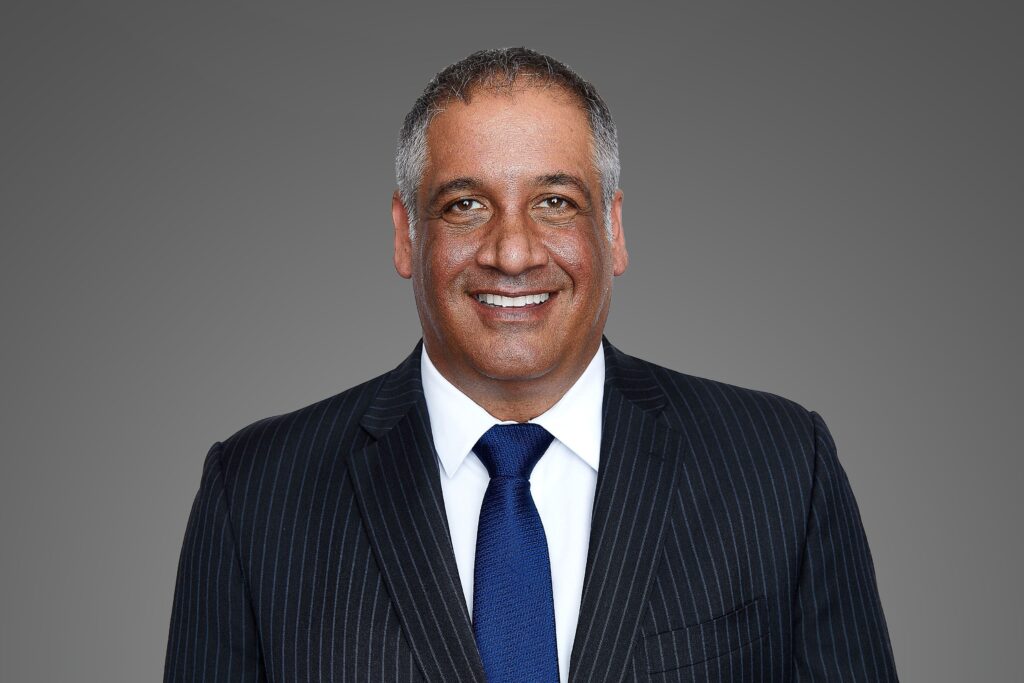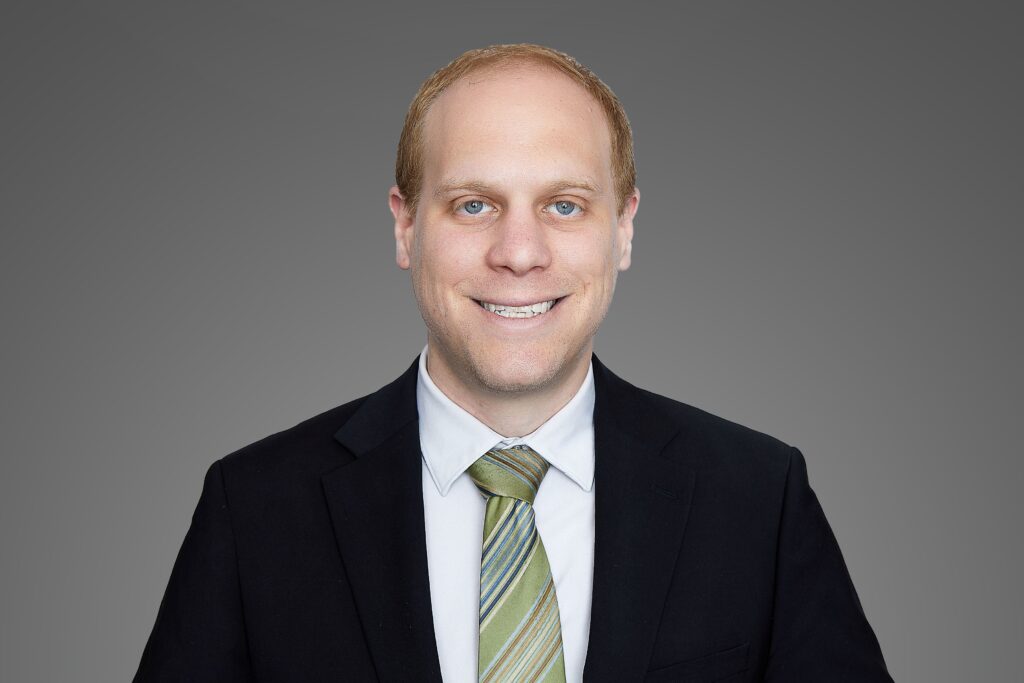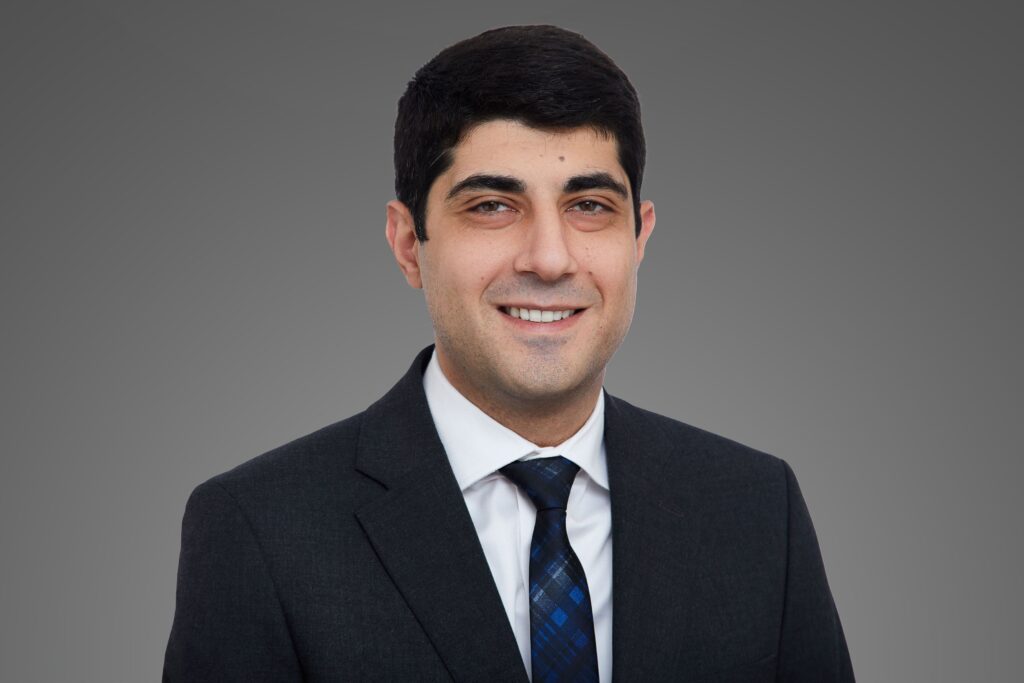Involved in a Rideshare Accident? Discover How to Fight Back Legally.
Have you ever been in a car crash while using a rideshare service and wondered, “What do I do now?” Rideshare accidents can leave passengers feeling lost and unsure about how to deal with injuries or damage. This is where an experienced rideshare accident attorney steps in. They know exactly how to help you through the confusion and make sure you’re treated fairly.
Facing big rideshare companies can seem scary because they have lots of resources and lawyers. But with the right attorney on your side, you won’t have to face them alone. They’ll work hard to make sure you get help with medical bills or car repairs, so you can focus on getting better.
Let’s take a closer look at how a rideshare accident attorney can be a big help during such a stressful time.
Quick Summary:
- Understanding Rideshare Accidents. Rideshare services like Uber and Lyft have increased traffic accidents. Highlighting the need for legal guidance after such incidents.
- Common Causes. Unique factors such as distracted driving from app usage, fatigue, and insufficient vehicle maintenance contribute to rideshare accidents.
- Immediate Steps Post-Accident. After a rideshare accident, passengers should assess injuries, call 911, document the scene, and file a police report. And notify both the rideshare company and personal insurance provider.
- Insurance Coverage. California mandates rideshare companies to carry much insurance coverage. Including $1 million for personal injuries and additional coverage for uninsured motorists.
- Liability and Insurance. Liability in rideshare accidents varies based on the driver’s status (e.g., logged into the app, en route to a passenger) and can involve the driver, rideshare company, or third parties.
- Passenger Rights. As an at-fault state, California allows passengers to pursue compensation for medical expenses, lost wages, and pain and suffering from the responsible party.
- Determining Fault. Fault determination is crucial and may involve the rideshare driver, company, or third parties. Comparative negligence may apply if many parties are at fault.
- Legal Action Steps. Legal action involves evidence collection, negotiations with insurance providers, and potentially filing a lawsuit if settlements are not reached.
What is a Rideshare Accident?
A rideshare accident is when a vehicle used for a ridesharing service like Uber or Lyft is involved in a collision or crash at any point during a trip. This can encompass a variety of situations, including:
- Collisions with other vehicles
- Accidents caused by the rideshare driver
- Accidents with pedestrians or cyclists
- Accidents while getting in or out of the vehicle
Here are the Common Causes of a Rideshare Accident
Rideshare accidents mirror traditional vehicle accidents in many ways but have unique contributing factors. Such as:
- Distracted driving due to app and GPS usage.
- Fatigue from long hours behind the wheel.
- Driving under the influence.
- Speeding to meet tight schedules.
- Insufficient vehicle maintenance.
What Should I Do If I’m Involved in a Rideshare Accident?
Have you ever wondered what your legal options are after being involved in a rideshare accident? Whether as a passenger riding through services like Uber or Lyft, understanding your rights is crucial. An experienced rideshare accident attorney can impact the outcome of your case. But let’s dive into the details involving rideshare laws and legal proceedings.
Immediate Steps After a Rideshare Accident
When involved in a rideshare accident, your immediate actions can be pivotal:
- Assess your injuries and those of others involved.
- Call 911 to report the accident and receive any necessary medical attention.
- Document the accident scene and collect contact information from witnesses.
- Make a police report once law enforcement arrives.
- Notify the rideshare company about the accident. As well as your insurance provider.
Consulting with a car accident lawyer can also be beneficial at this stage to understand the nuances of your case.
What Insurance Coverage Do Rideshare Companies Offer?
Under California Assembly Bill No. 2293, rideshare companies like Uber and Lyft are mandated to carry insurance that provides substantial coverage. This includes:
- A minimum of $1 million for personal injuries, property damage, and wrongful death per accident.
- An additional $1 million policy for incidents involving uninsured or underinsured motorists.
These policies are designed to cover the driver, passengers, and potentially affected third parties throughout California.
Navigating Liability and Insurance in Rideshare Accidents
Rideshare accidents in California operate under the fault-based insurance system. Liability can extend to several parties including the Uber or Lyft driver, the rideshare company itself, and other involved motorists, depending on who’s at fault. A frequently misunderstood aspect is the insurance coverage provided by rideshare companies, which varies according to the driver’s status at the time of the accident, categorized into periods:
- Period 0: No company coverage as the driver is not logged into the app.
- Period 1: Limited company coverage as the driver is logged in but hasn’t accepted a ride.
- Period 2: Extended coverage as the driver is en route to pick up a passenger.
- Period 3: Maximum coverage when a passenger is onboard until drop-off.
These distinctions make insurance claims in rideshare incidents complex, requiring legal guidance.
What Are My Rights as a Rideshare Passenger in California?
California’s status as an at-fault state plays a significant role in determining your rights after a rideshare accident. Here are your entitlements:
- If injured, you can pursue compensation from the party at fault. This may include medical expenses, lost wages, and compensation for pain and suffering.
- The target for your claim might vary — it could be the rideshare driver, the company, or both, depending on the driver’s status (on duty versus off duty) at the time of the accident.
How to Determine Fault in Rideshare Accidents?
Identifying who is at fault is crucial, as it directly influences the direction of your legal claim:
- If the rideshare driver is at fault and was logged into the app and on duty, both the driver and the rideshare company can be held liable.
- If a third-party caused the accident, you would file a claim against that driver.
Understanding these details, a rideshare accident attorney can create a strategic approach to ensure rightful compensation.
What if Multiple Parties are At Fault?
California’s comparative negligence rule could come into play if multiple parties contributed to the accident:
- Liability is shared among all at-fault parties according to their degree of fault.
- You may file claims against multiple parties, including the rideshare company, the driver, and any third-party drivers involved.
Handling such complex cases requires the insight and diligence of an experienced legal professional.
How to Proceed with Legal Action For Rideshare Accidents in California
Considering legal action after a rideshare accident involves several steps:
- Fact-finding phase: Collecting evidence, documenting injuries, and understanding accident dynamics.
- Attorney negotiation: Engaging with insurance providers to negotiate a settlement.
- Potential lawsuit: Filing a lawsuit if a settlement cannot be reached.
Contact Our California Rideshare Accident Attorney Now!
Accidents involving rideshare vehicles can be complex. You might be facing injuries, insurance claims, and uncertainty about how to get the compensation you deserve. Trying to handle this alone can lead to missed opportunities for compensation, not fully understanding your rights, or even settling for less than what you need to recover fully. That’s where our rideshare accident attorney comes in.
At Haffner Law, Our CA personal injury attorneys are committed to standing up for your rights. With years of experience in personal injury cases, including those involving rideshare vehicles, we understand it can be confusing. We’re here to guide you through the process. You don’t have to deal with it alone. Our goal is to help you recover the compensation you need to get back on your feet.
You deserve a team that is on your side, ready to fight for you. Don’t wait to get the help you need. Contact us now for a Free Case Review. Let’s discuss how we can support you through this time and work towards the best possible outcome for your situation. Your path to recovery starts here!








